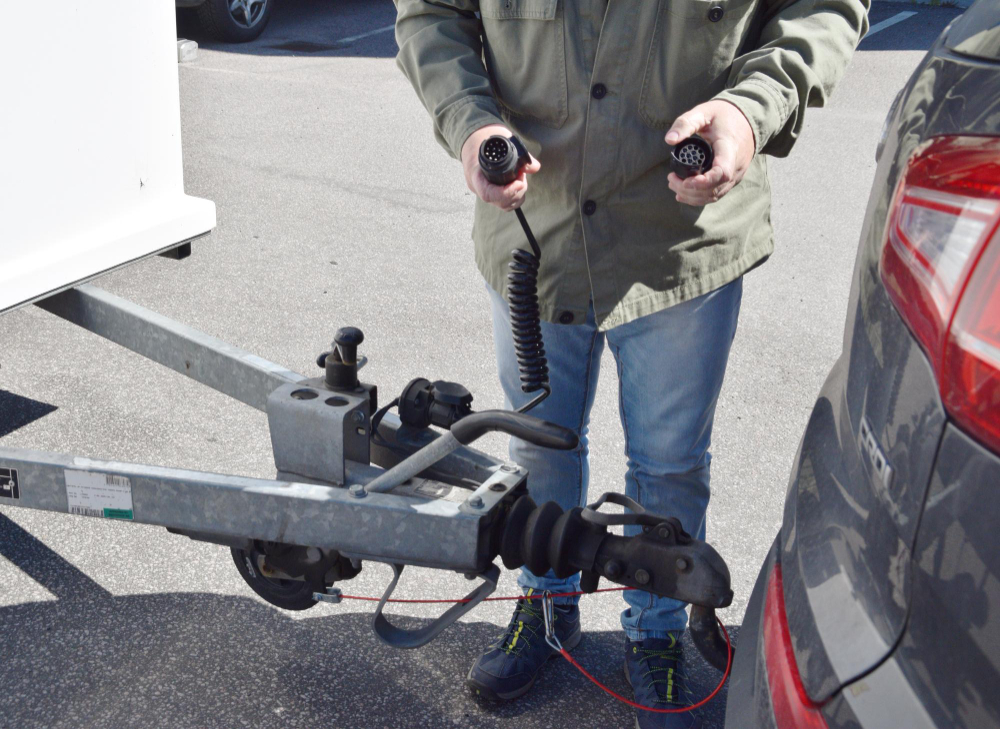
Long-distance trailer towing can be an exciting yet challenging experience. Whether you’re moving, embarking on an extended road trip, or transporting heavy cargo, understanding the best practices for towing is essential. At Aequitas Trailers, we’re committed to ensuring your journey is as safe and stress-free as possible. With that in mind, here are the key do’s and don’ts of long-distance trailer towing to keep you prepared and confident on the road.
First and foremost, do conduct a thorough pre-trip inspection. This includes checking the tire pressure on both your towing vehicle and the trailer, testing all lights and brakes, and ensuring the hitch and coupler are securely fastened. Verify that safety chains are crossed under the hitch and properly attached. A few minutes spent on these checks can prevent significant headaches later.
Do balance and secure your load appropriately. Place heavier items over the axle and evenly distribute weight to avoid swaying or instability. Use high-quality straps, bungee cords, or chains to secure your cargo firmly. An unbalanced or improperly secured load can lead to dangerous driving conditions, especially at high speeds.
Do familiarize yourself with your vehicle’s towing capacity. Exceeding this limit can strain your engine, brakes, and transmission, potentially causing costly damage or accidents. Consult your vehicle’s manual and ensure your trailer’s weight, including cargo, falls within safe limits. For heavier loads, consider using a weight-distribution hitch to improve handling and stability.
Don’t speed or make sudden movements. Towing requires a more cautious driving style, as it takes longer to accelerate, brake, and turn. Maintain a consistent speed and keep a safe following distance to allow ample time to react to traffic or road conditions. Sudden braking or sharp turns can cause your trailer to sway or jackknife, endangering everyone on the road.
Don’t forget about wind resistance and weather conditions. Strong winds can affect your trailer’s stability, particularly with taller or lighter models. Drive at reduced speeds and remain vigilant during windy conditions. Similarly, rain, snow, or ice can make roads slippery, so adjust your speed and use extra caution when braking or turning.
Do plan your route in advance. Research roads, bridges, and tunnels to ensure they’re suitable for trailers. Avoid narrow or steep roads that may be challenging to navigate. Rest stops should also be considered, allowing you to check your trailer and take breaks to avoid fatigue. A well-planned route can make the journey smoother and less stressful.
Don’t neglect to practice reversing. Maneuvering a trailer in reverse can be tricky, especially in tight spaces. Spend time practicing in an open area to get comfortable with how your trailer responds to steering inputs. Confidence in reversing can save you from frustration and potential mishaps during your trip. Finally, do stay patient and enjoy the journey. Long-distance towing may require extra effort and caution, but it’s also an opportunity to experience new places and adventures. By following these do’s and don’ts, you’ll be better prepared to handle any challenges and make the most of your towing experience.